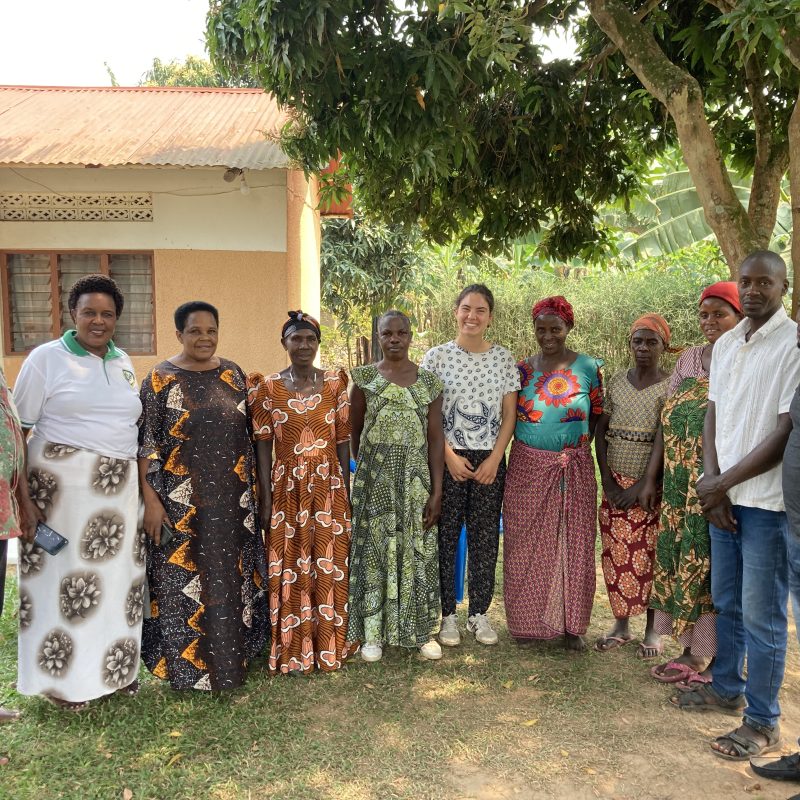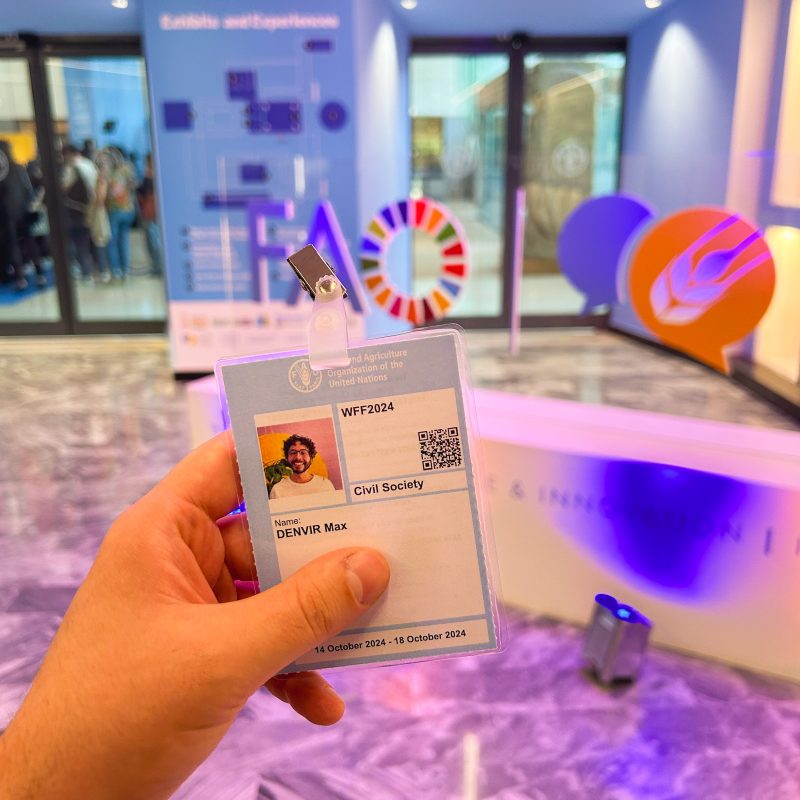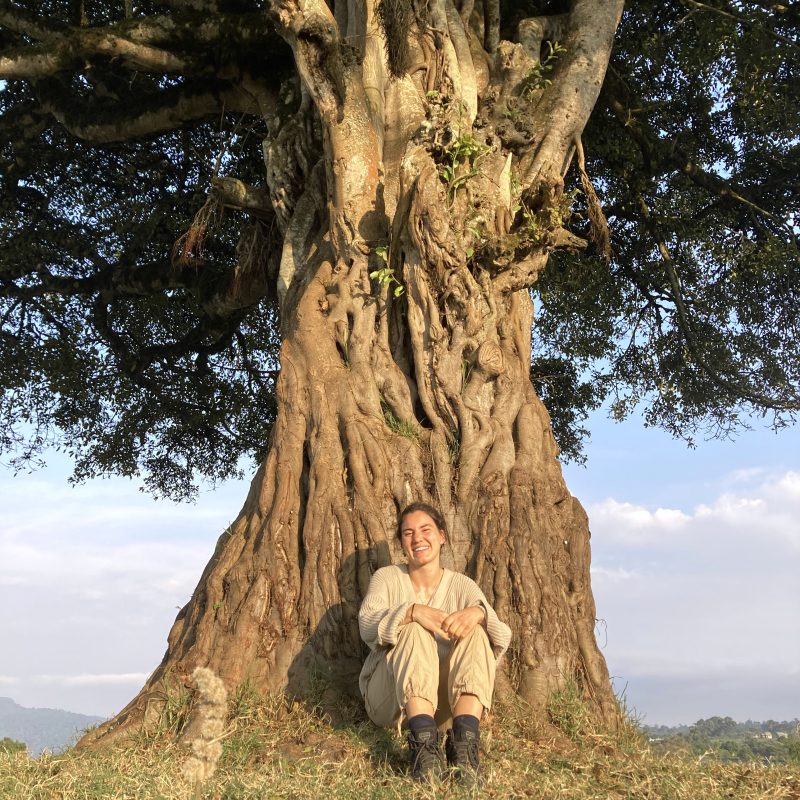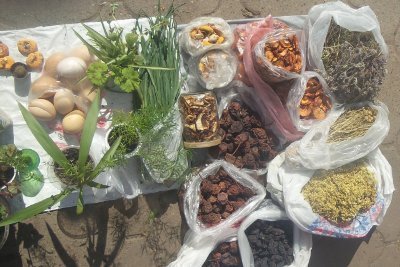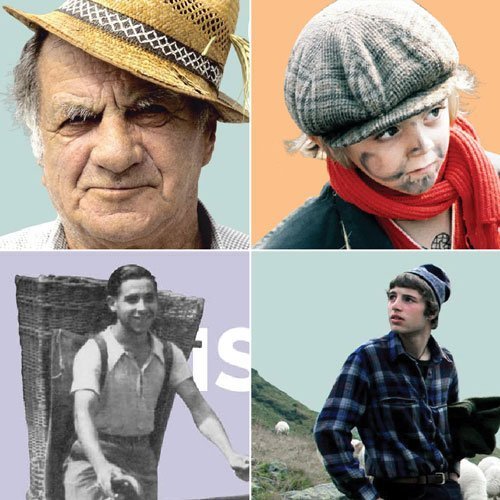Bees, spiders, birds, grass, mushrooms… Further ahead, donkeys, then all of a sudden an enormous wild boar, who emerges from the vineyard and disappears into the surrounding forest. They’re all here for an autumnal dance. The fauna are enjoying a feast before the winter hibernation, delighting in the few grapes left on the vines that hadn’t ripened in time to be picked during the recent harvest. The Bernardina’s amphitheater of vines is packed with life. We are in the Langhe, in one of the vineyards of the Ceretto winery, where they have decided to respect nature’s cycles by applying biodynamic methods.

Why are we here? Because Ceretto is one of the partners of the Master in Italian Wine Culture, so we often find ourselves here, in Alessandro’s vineyards, students and professors together. The young and energetic Alessandro Ceretto has been running the winery since 2000, and it was he who had the clarity of foresight to convert 160 hectares to sustainable viticulture. While the initial objective was to simply maintain the quality level of the wines, today, Alessandro says, “the goal has been reached, if not surpassed, in that the wines we produce now reflect the local specificities to a much greater extent.” This natural park is in fact one of the many “classrooms” where the Master’s teaching takes place. The program is based on multidisciplinary training that unites traditional study with experiential learning and active practice. This is what inspired Alessandro: “I was interested in supporting an approach that I believed was more suited to preparing students, with a university course based not just on theory but also enriched by practical experiences.”
In this green classroom—during this autumnal period, also yellow, red and brown—students can observe the changing seasons in the vineyard and the life cycle of the vines, from pruning to reawakening in the spring, flowering, the ripening of the grapes, the various pre-harvest jobs and eventually the harvest itself. Along with instructors from Marco Simonit’s school, the students come here to carry out practical pruning exercises. Later on, they’ll return to the outdoor classroom to assist with the tasks required by biodynamic management. The winery also welcomes interns from around the world—maybe they’ll take a student from our Master this year too!—and allows them to participate in “an experience of total responsibility.” The Master program wants to create a breakthrough in the enological world in precisely this way, offering a theoretical and practical training that embraces the entire wine sector. As Alessandro says, “finally businesses will have people who can speak about wine based on their actual experiences in both the vineyards and the winery.”
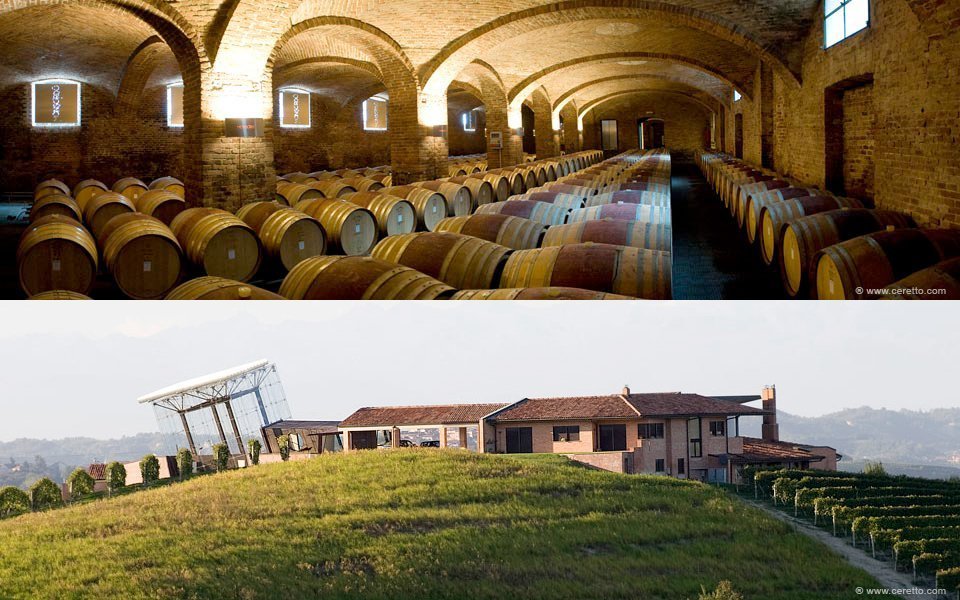
Wine is not just an object to be smelled and tasted. It is an active protagonist, which involves businesses in a holistic way. Wine is land and ecology, politics and economy, history and law, art and sensibility, responsibility and pleasure. Wine is a narrative and its whole story must be told: This is the challenge of this Master, this is the opportunity that we are seeking to give to the figure of a “wine-teller.”


